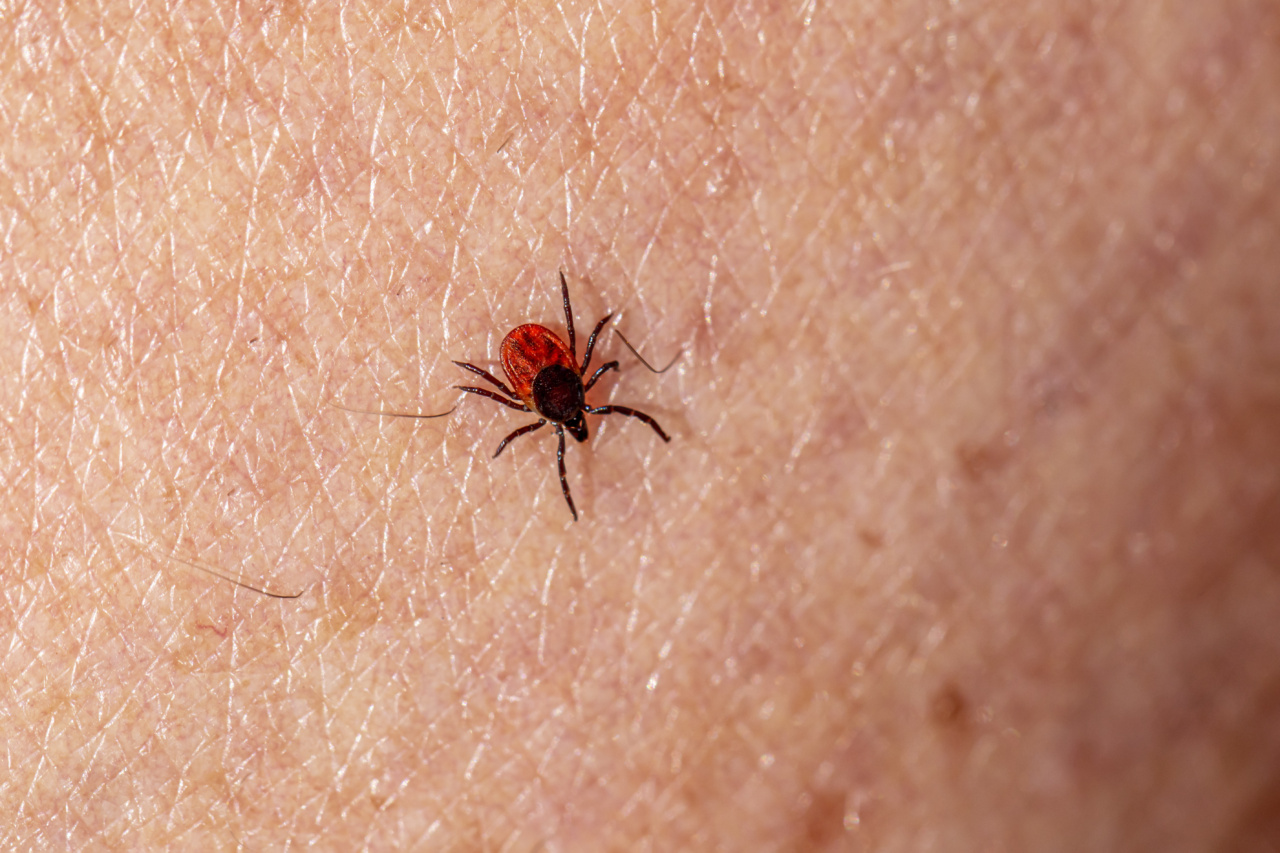Finding a tick on your skin can be an unsettling experience, but there are steps you can take to remove the tick safely and prevent any potential health problems.
Ticks are small insects that live in wooded or grassy areas and can attach themselves to humans and animals, feeding on their blood.
Identifying a Tick Bite
The first step in dealing with a tick is to identify it. Ticks are small and can be difficult to spot, but they usually feed on exposed areas of skin.
If you have been hiking or camping in wooded areas, or if you have pets that spend time outdoors, you should inspect your skin for tick bites.
The most common areas for tick bites include:.
- Behind the ears
- Under the arms
- Between the legs
- On the scalp
- In the navel area
- Back of the knees
A tick bite looks like a small, red bump on the skin. You may also notice a bull’s-eye rash around the bite, which is a sign of Lyme disease.
Removing the Tick
If you find a tick on your skin, it’s important to remove it as soon as possible to reduce the risk of any potential health problems. Here’s how to remove a tick:.
- Use fine-tipped tweezers to grasp the tick as close to the skin’s surface as possible.
- Pull upward with steady, even pressure. Don’t twist or jerk the tick; this can cause the mouth parts to break off and remain in the skin. If this happens, you should remove the mouth parts with tweezers.
- After removing the tick, clean the bite area and your hands with rubbing alcohol or soap and water.
- Dispose of the tick by flushing it down the toilet or placing it in alcohol.
Seeking Medical Attention
If you develop a rash or fever within several weeks of removing a tick, you may have contracted a tick-borne illness such as Lyme disease. Seek medical attention immediately if you experience any of the following symptoms:.
- Fever and chills
- Aches and pains
- Fatigue
- Bull’s-eye rash around the bite area
- Swollen lymph nodes
Preventing Tick Bites
Preventing tick bites is the best way to avoid tick-borne illnesses. Here are some tips to help reduce your risk of tick bites:.
- Wear long pants and sleeves when in wooded or grassy areas.
- Apply insect repellent with DEET to your skin and clothing.
- Stay on cleared, well-traveled paths.
- Check yourself and your pets frequently for ticks.
- Shower as soon as possible after being outdoors.
Conclusion
Removing a tick from your skin can be a simple process, but it’s important to do it correctly to avoid any potential health problems.
If you’re unsure about how to remove a tick, or if you develop a rash or fever after removing a tick, seek medical attention immediately. By taking preventative measures, such as wearing protective clothing and using insect repellent, you can reduce your risk of tick bites and tick-borne illnesses.



























